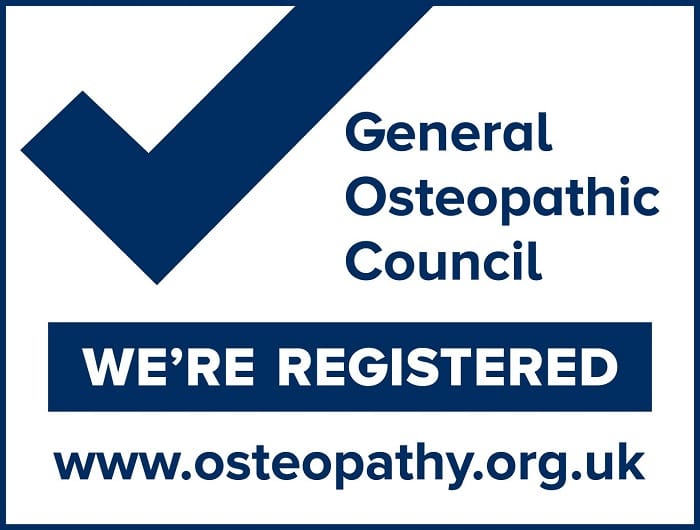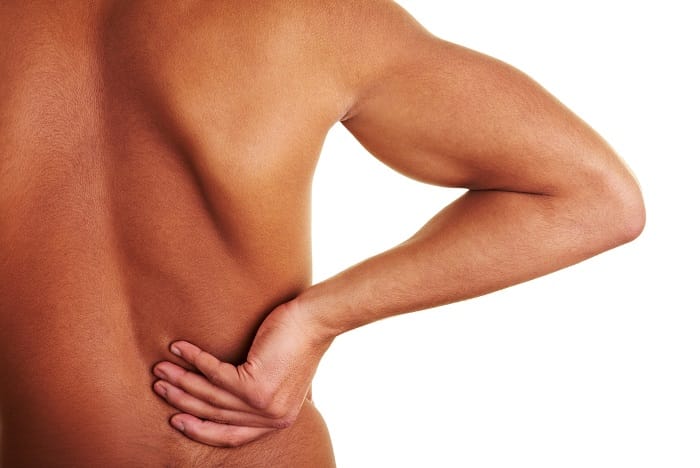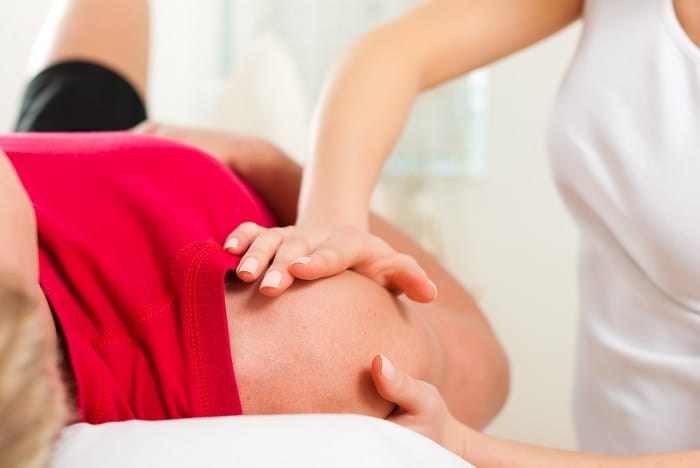Soft Tissue Massage
Soft tissue massage involves employing a variety of techniques to mobilise the soft tissues of the body. These tissues include muscle, ligaments, tendons, fascia and the connective tissue around joints. There are several different techniques employed in Soft tissue massage, which one you therapist uses will depend on how they wish to affect the tissue. Some of these techniques include;
Effleurage
This is a technique that uses the flat palms of the hands in broad sweeping motions, horizontally to the soft tissues, to increase capillary dilatation and blood flow. The effect causes warming of the tissues and increases tissue extensibility. The pressure applied varies depending on the resistance of the tissues and acts as a mechanical pump, pushing exudate back to the lymphatic system. Depending on the requirements of the client the effects of Effleurage can either lower muscle tone with slow movements as part of a relaxing session, or raise muscle tone as part of a pre-match warm up.
Petrissage
This application uses a kneading or skin rolling approach, it is performed slowly with more pressure. The deeper muscle tissues are reached which helps lower tone and increase blood flow and tissues extensibility.
Percussion
Percussion techniques vary slightly based on hand position and can include a chopping action using the outer edge of the hands with the thumbs pointing up, called hacking. Another common method is cupping, with the hand forming a shallow cup shape that is used to rapidly tap over the soft tissues. In most of these techniques the palm does not touch the skin. Percussion massage is used to stimulate activity in the nervous system and circulation, whilst decreasing lymphatic build up and lowering tone.
Cupping
Cupping is a technique that uses actual small cups of varying sizes that are placed upside down on the skin to form a seal before having some the air inside drawn out to create a partial vacuum. Cups can be left in one place or even moved over the surface of the skin without losing suction. Cupping produces a range of affects including the softening of tight muscle and connective tissue, drawing out deep pockets of inflammation and increasing blood flow to an area.
Frictions
This is a targeted deep massage that is applied transversely to the direction of the structures you are trying to affect. It is designed to break up collagen fibres forming in unwanted directions in ligament, tendon and muscle tissue. This encourages the fibres to form in the direction of greatest tensile strength whilst preserving tissue mobility. Although sometimes initially uncomfortable, the technique quickly produces and numbing analgesic effect, without the need for medication.
Acupressure
Acupressure works along the same principles of affecting specific pressure points along the meridians of the body. However, this is a massage technique and does not use needles, instead targeted pressure is applied to trigger a response in the soft tissues. Muscle tension slowly releases under the constant pressure, allowing soft tissue to relax and elongate. It encourages circulation and the dispersal of toxin build up, whilst relieving tension and pain.
Lymphatic Drainage
The Lymphatic system is responsible for the drainage of excess and waste fluids from the soft tissues back into the regular circulatory system. It has no active pump like the heart and instead relies on a muscle pump action from body movement. So if a client has reduced mobility from illness or injury lymphatic drainage can be impaired. The technique uses light directional strokes to encourage lymphatic flow back to the Lymph nodes where the excess fluid can be reabsorbed. This will reduce swelling and fluid retention and promote relaxation.
The benefits of clinical soft tissue massage go far beyond the relaxing, de-stressing effects of a normal massage. Specific techniques combined with detailed anatomical knowledge can provide a range of medicinal benefits. Swelling or oedema can be dispersed within limbs back toward the lymph nodes of the body so it can be reabsorbed and dissipate. Muscle, ligaments and tendons can stretched to improve tissues flexibility, blood flow and promote healing. Many musculoskeletal conditions will achieve a better quality of healing in a shorter space of time with the use of massage techniques.
If you would like more information on how osteopathy or physiotherapy can help treat you, or want to book an appointment, please email nick@nickcastle.co.uk. or phone us on 0207 386 9777.
Have any questions, make an enquiry Enquire Now
I didn't actually choose to see Nick - I was sent to him by my exasperated personal trainer, and now I can't thank her enough! Five weeks before the London Marathon I developed a pain in one of my glutes and did what any self-respecting idiot would do - ran on it until it was so bad it hurt just to walk, and the months of training seemed like they'd been for nothing.
Nick is wonderful. He's very professional and thorough and he has a naturally calming manner that will put you at ease. He also clearly knows his stuff - in our first session he quickly identified my problem (piriformis) explained it in terms I could understand (!) and gave me exercises to speed up recovery.
I had three more sessions and they were well worth it. As well as treating the injury he also assessed my running style for any underlying issues and correctly identified previous injury sites. With his help I was able to quickly get back into training and, by some miracle, a week before the marathon I was pain free.
I joked that, as well as fixing my injury, I expected Nick to make me run faster. Well, maybe... Just maybe... The man's a magician! I'm delighted to say I ran a pb, clocked my first sub-3 hour marathon and came 46th out of all the ladies. Thank you Nick! I cannot recommend him enough.
- Ros P
A big thank you to Elaine (osteopath) at Nick Castle Osteopathy & Sports Medicine Clinics - after just 2 sessions she managed to work out some major aches and pains I'd been having daily, for over 6 months. I plan on seeing her on a regular basis to prevent any future problems. Thanks again!
- Priti S
I have had 2 sports massages with Nick, one in Kensington and one in Amersham. Nick is a very approachable therapist, who spends time building a picture of the type of sports you do and the injuries you have. I have found Nick's techniques to really help improve my performance.
- Jane B








